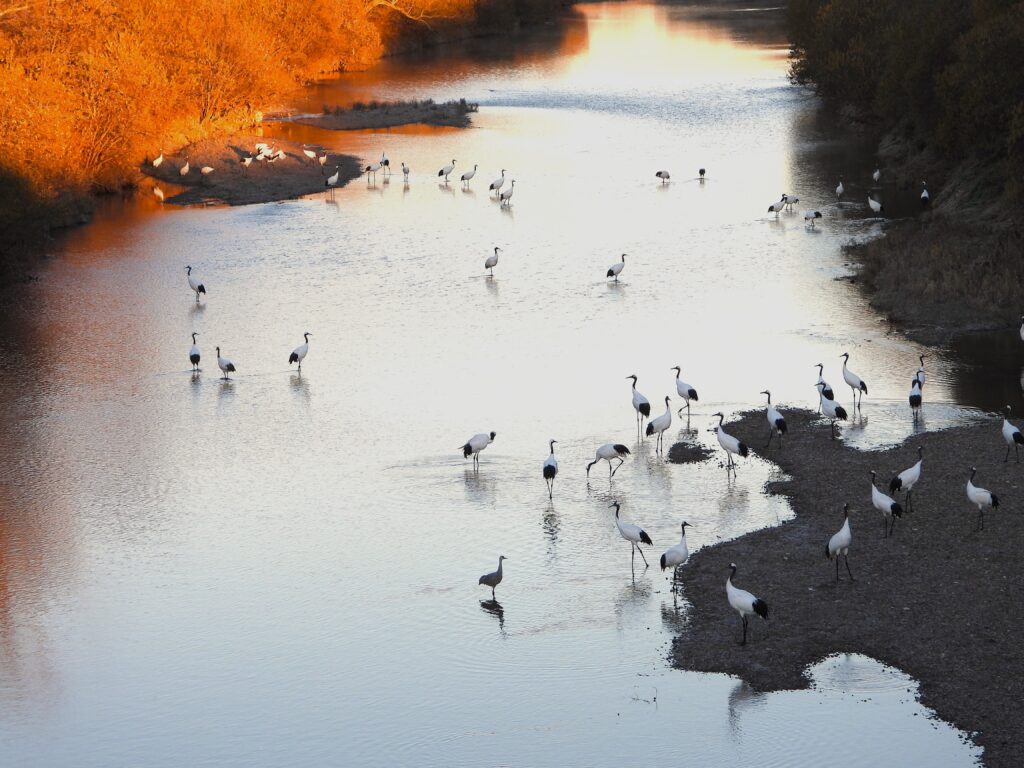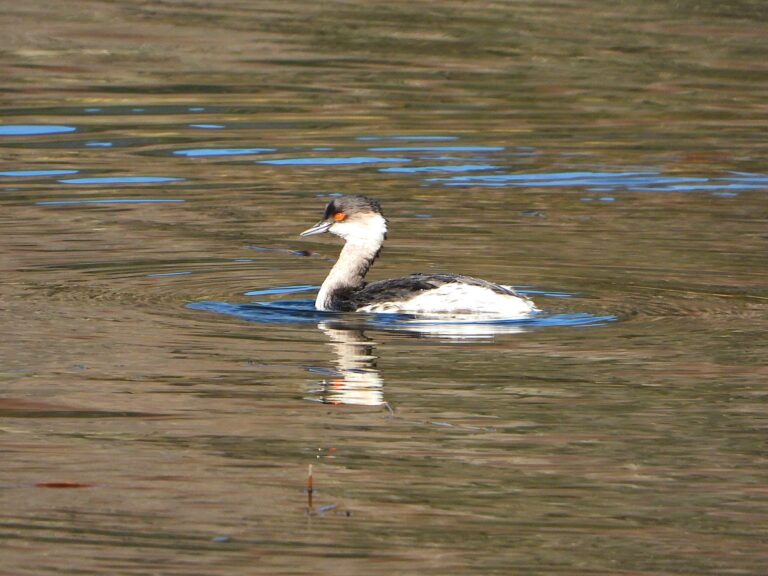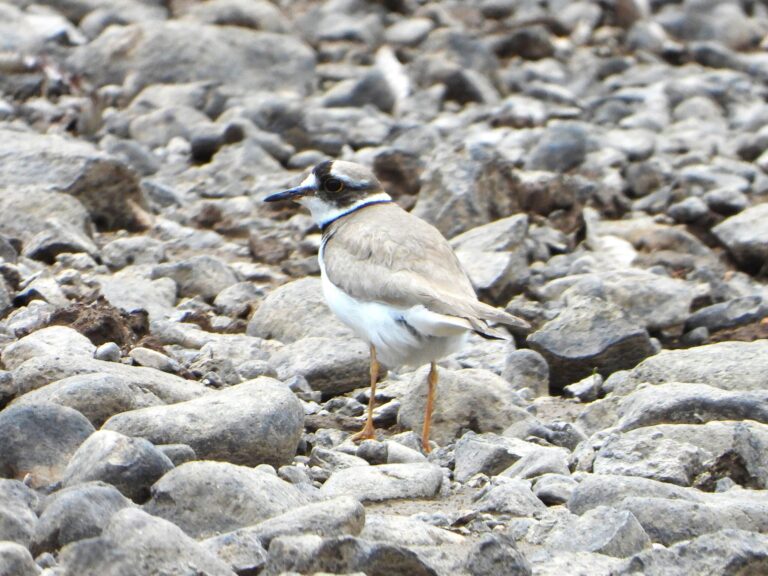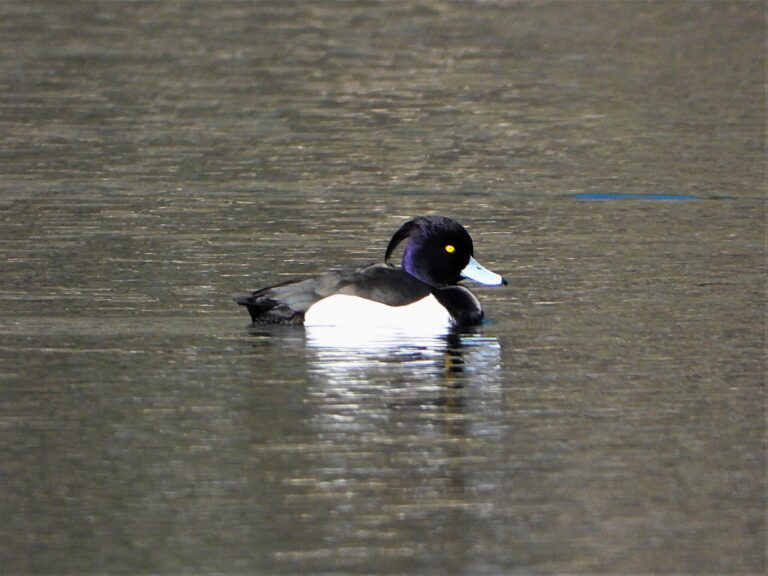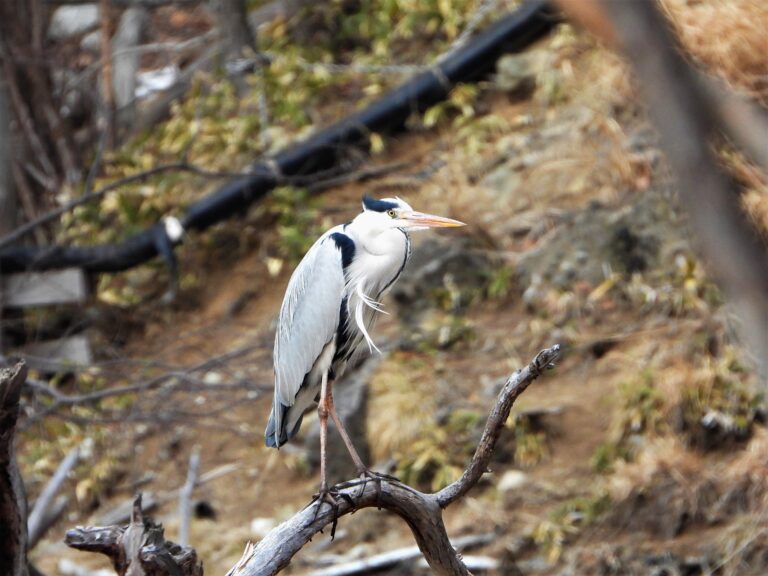Red-crowned Crane (Grus japonensis) – Wildlife of Japan
Introduction
The Red-crowned Crane, called Tancho in Japan, is among East Asia’s most iconic cranes and a cultural symbol of longevity and fidelity. In Japan, however, a non-migratory population persists only in eastern Hokkaido.
Appearance
This tall and elegant crane reaches about 150–158 cm in height with a wingspan of nearly 2.4 m. Its plumage is mostly white, while the neck and secondary feathers are black, and the crown is a vivid red patch of bare skin. As a result, the species has a striking and graceful appearance. Males are slightly larger on average.
Habitat & Distribution
Globally, the species has both a migratory continental population (in Russia, China, and Korea) and a resident Japanese population found mainly in the wetlands of eastern Hokkaido, especially around Kushiro Marsh. In the past, it was more widespread, but habitat loss reduced its range dramatically.
Where to See in Japan
For those visiting Japan, the best places to observe Tancho are the Kushiro Marshlands, Tsurui Village (Tsurumidai Observatory), and the Akan International Crane Center. During winter, their white bodies stand out beautifully against the snow, making it the perfect season for photography.
Behavior
Red-crowned Cranes are monogamous; once paired, they usually remain together for life. They are also famous for their coordinated dances and duets, performed throughout the year to strengthen pair bonds and mark their territories.
Diet
In the wild, they feed on aquatic invertebrates, fish, amphibians, and plant material. During harsh winters, however, cranes in eastern Hokkaido depend partly on corn and other feed supplied at winter feeding sites. This supplemental feeding has played a key role in their survival.
Reproduction
Typically, two eggs are laid, and both parents share incubation duties for about 29–34 days. After hatching, the chicks grow quickly and fledge after roughly 90–100 days. They then remain with their parents through their first winter before becoming independent.
Conservation
The Red-crowned Crane is listed as Vulnerable by the IUCN, with a global population of several thousand individuals. Thanks to community-led conservation and feeding programs that began in the 1950s in the Akan–Tsurui area, the Japanese population has steadily recovered. Nevertheless, habitat loss across East Asia remains a serious concern.
Author’s Impression
This is one of Japan’s most iconic species that everyone should see at least once when visiting Hokkaido. The sight of Red-crowned Cranes standing gracefully on the snow, or illuminated by the morning and evening sun, is truly picturesque—a living painting of Japan’s northern wilderness.
